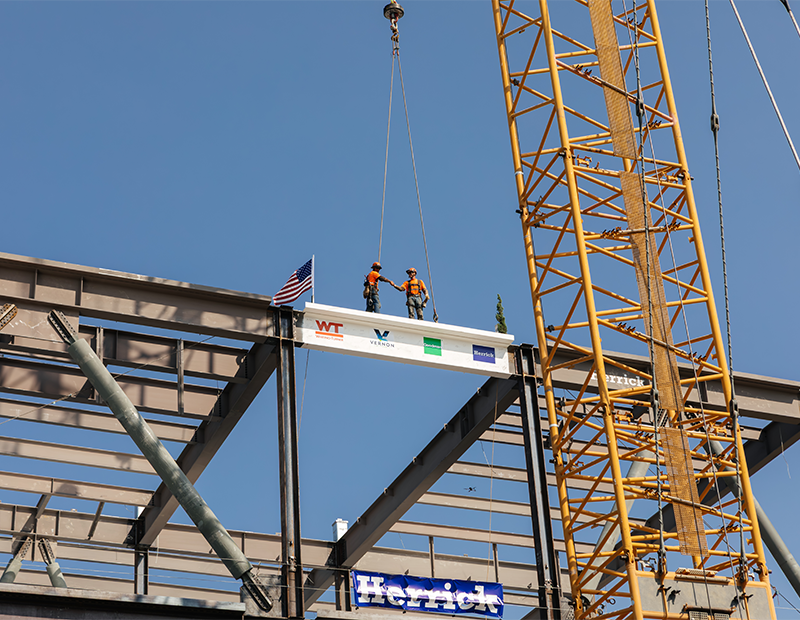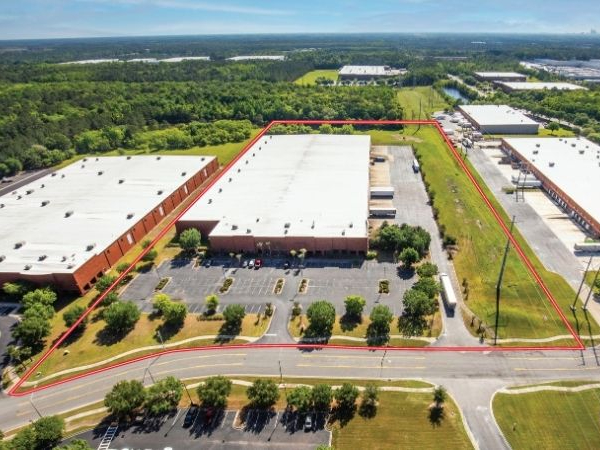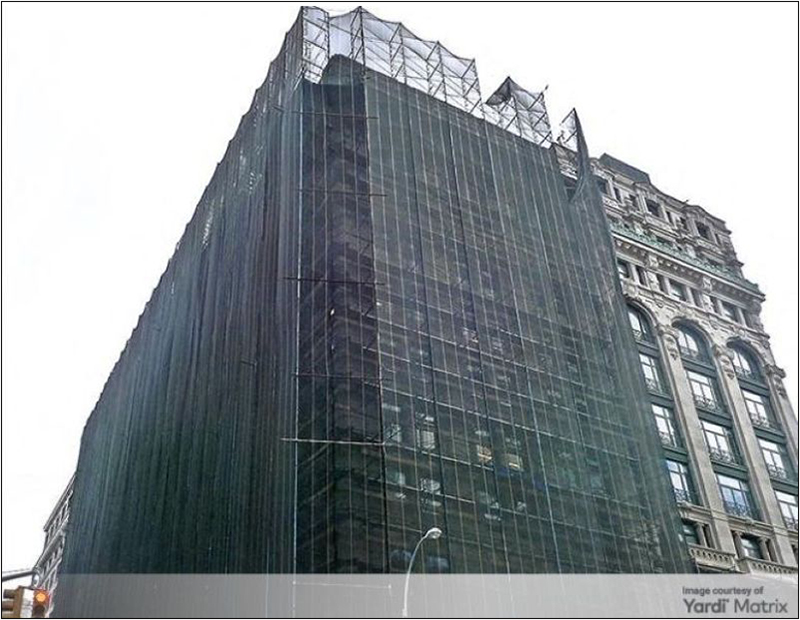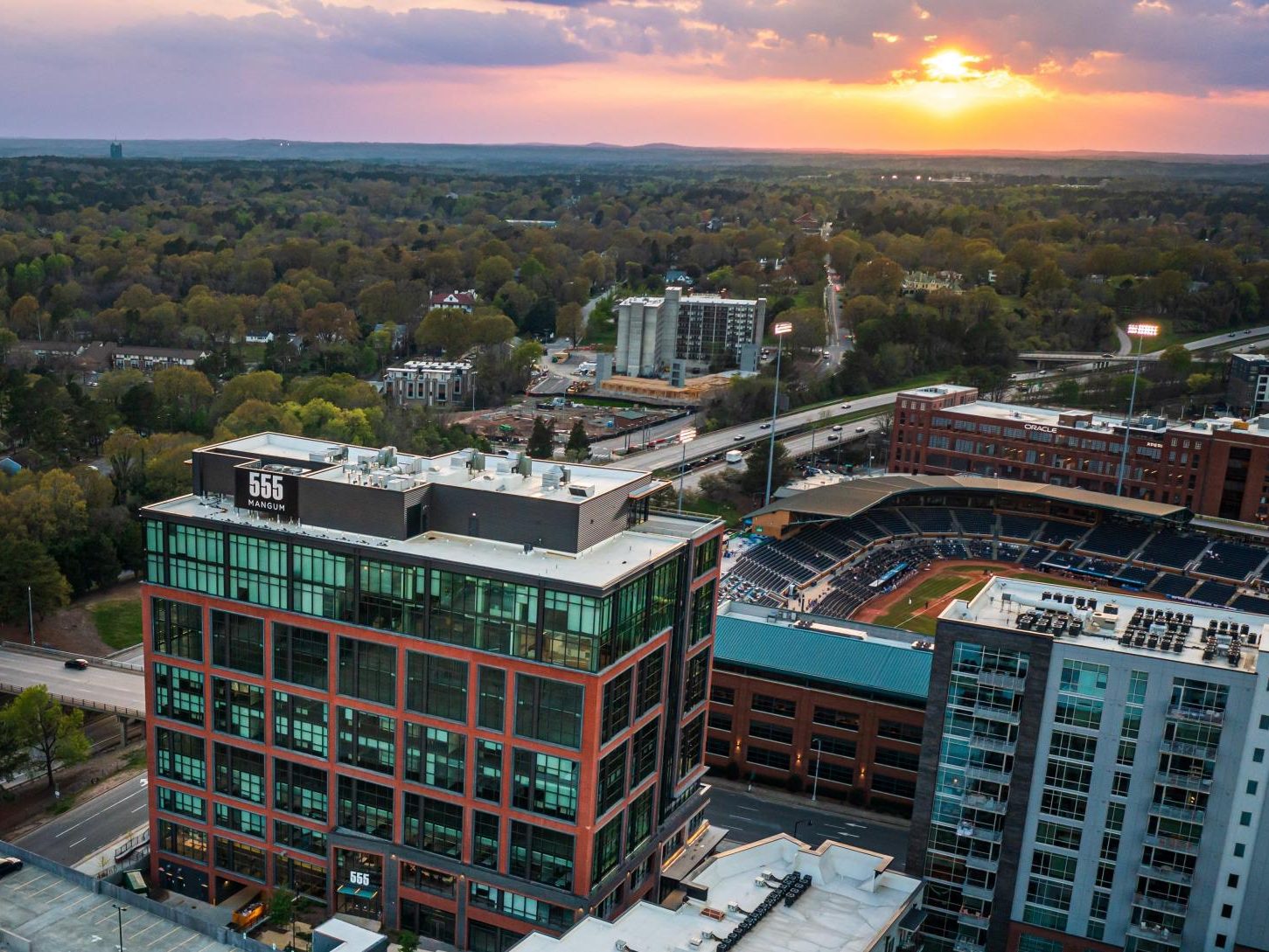Why Building Automation Is No Horror Story
Building technology is becoming increasingly better at identifying patterns and making adjustments, and it’s making a huge difference when it comes to energy usage and cost savings.
‘Tis the season for feeling haunted. It’s tough to shake a certain uneasiness in the pit of your stomach as jack-o-lanterns, skulls and cobwebs begin to adorn homes, stores and retail countertops, while Halloween themes proliferate among new movie releases and reruns on television. The spookier, the better, it seems. Ghosts, goblins, gravestones—smart homes that take control and trap you.
That’s a favored theme for sci-fi writers, isn’t it? Technology gone awry, taking over, emotionless and relentless, whether it’s trying to protect or wreak revenge on the protagonists.
But let’s face it, that’s really just a manifestation of the human fear of losing control. Sure, malfunctions happen, but in reality building operating technology continues to grow more capable and more beneficial, better able to identify patterns and aberrations and to make small adjustments well before a human could respond or even become aware of the circumstance. It results in a very effective partnership between people and technology.
In fact, automated corrections can make a huge difference when it comes to energy usage and cost savings, Gabriel Frank recounts in “Power Tools for CRE Energy Efficiency.” Even a single-degree adjustment in temperature “could be 10 percent of the energy usage in the building,” Runwise Co-Founder & President Lee Hoffman told him, with smart controls typically reducing energy use by around 20 percent and actually earning back their cost within a few months.
Improvements to HVAC in general are a good focal point, Frank writes, since this equipment is such a big energy consumer. But even within that category, there’s a range of possibilities that continues to grow, allowing you to tailor your approach to the property, the portfolio, the geographic location—and the budget. That makes it increasingly easier to meet regulatory requirements and achieve real improvements, regardless of whether your buildings are old or new, urban or suburban. Whether you partner with your neighbors or link up buildings within your own portfolio. Forge an agreement with your utility or create a microgrid. Or just focus on automating data collection and analysis to improve one property’s energy usage. So while you’re watching “Afraid” or “Margaux” or “Tau” this Halloween (or Disney’s “Smart House,” which is more my level of horror tolerance), while the house is closing in on you, maybe keep an eye out for some new automation ideas that could benefit your property’s performance. If they’re not yet available, they may soon be. And please, pass the candy bowl.









You must be logged in to post a comment.